课程名称: 前端工程师2022版
课程章节:移动端事件
主讲老师:Alex
课程内容:
今天学习的内容包括:
pointer事件
3-1Pointer事件基础
1、Pointer 事件的类型
pointerover/ pointerenter/ pointerout/ pointerleave/ pointerdown/ pointermove/ pointerup/ pointercancel
2.注意事项
2.1Pointer事件直接继承了鼠标事件,在此基础上又添加了其他一些内容,处理Pointer 事件和鼠标事件几乎一致
2.2Pointer 事件在 PC 端和移动端都会触发
2.3触摸点移出目标元素,touchmove 书简依然会持续触发,pointermove 和 mousemove 事件不会再触发
3、Pointer 事件的特征检测(判断浏览器支不支持 Pointer 事件)
if ('onpointerdown' in window) {
console.log('支持 Pointer 事件');
}3-2Pointer事件的event对象
1、Pointer事件里的event 对象的常用属性
pointerId: 指针id(唯一标识符)
type ;事件类型
pointerType :指针类型(鼠标/笔/触摸等)
target: 目标元素
screenX/screenY :指针相对于屏幕左边缘的X、Y坐标
clientX/clientY :指针相对于可视区域左边缘的X、Y坐标。不包括任何滚动偏移
x/y :clientX/clientY 的别名
pageX/pageY :指针相对于 HTML 文档左边缘的X、Y坐标。包括滚动偏移
2、阻止浏览器的默认行为
阻止 scrolling, pinch/zoom, 鼠标事件等默认行为
①Pointer 的事件处理函数中,evt.preventDefault()
阻止的是 PC 端的默认行为(不能阻止 scrolling, pinch/zoom, 鼠标事件等默认行为,可以阻止图片拖动的默认行为)
②可以在 touch 的事件处理函数中使用 evt.preventDefault() 阻止移动端的默认行为;
或在touch-action 设置触摸操作时浏览器的默认行为
3、注意事项
①Pointer 事件直接继承了鼠标事件,在此基础上又添加了其他一些内容,处理 Pointer 事件和处理鼠标事件几乎一致
②Pointer 事件在 PC 端和移动端都会触发
③触摸点移出目标元素,touchmove 事件依然会持续触发,pointermove 和 mousemove 事件不会再触发
④pointer与touch事件执行的区别
touch事件的单指拖拽和pointer事件的单指拖拽
<div class="box" id="box"></div> <script> // 托拽函数(参数是想让哪个元素被拖拽,就传哪个) const drag = ($el) => { // 每次拖拽开始的触摸点 const startPoint = {}; // 拖拽过程中移动到的点 const movePoint = {}; // 被拖拽元素的当前位置 const curPos = { x: 0, y: 0 }; // 绑定事件 $el.addEventListener('touchstart', startHandler, false); $el.addEventListener('touchmove', moveHandler, false); $el.addEventListener('touchend', endHandler, false); $el.addEventListener('touchcancel', endHandler, false); function startHandler(e) { // 阻止默认事件 e.preventDefault(); // 获取触摸点 const touch = e.changedTouches[0]; // 记录拖拽开始的触摸点 startPoint.x = touch.pageX; startPoint.y = touch.pageY; } function moveHandler(e) { // 获取触摸点 const touch = e.changedTouches[0]; // 计算拖拽过程中移动到的点 movePoint.x = curPos.x + touch.pageX - startPoint.x; movePoint.y = curPos.y + touch.pageY - startPoint.y; $el.style.transform = `translate3d(${movePoint.x}px,${movePoint.y}px,0)`; } function endHandler() { // 更新当前位置 curPos.x = movePoint.x; curPos.y = movePoint.y; } }; // 直接调用这个函数,把需要拖动的元素获取到传进去 drag(document.getElementById('box')); </script><script> // 托拽函数(参数是想让哪个元素被拖拽,就传哪个) const drag = ($el) => { // 每次拖拽开始的触摸点 const startPoint = {}; // 拖拽过程中移动到的点 const movePoint = {}; // 被拖拽元素的当前位置 const curPos = { x: 0, y: 0 }; // 绑定事件 //pointer事件pc端会同时触发,不像移动端(或touch事件)是按顺序触发 $el.addEventListener('pointerdown', startHandler, false); // $el.addEventListener('pointerup', moveHandler, false); // $el.addEventListener('pointermove', endHandler, false); // $el.addEventListener('pointercancel', endHandler, false); $el.addEventListener('touchstart', (e) => { e.preventDefault(); }, false); function startHandler(e) { // 记录拖拽开始的触摸点 startPoint.x = e.pageX; startPoint.y = e.pageY; //触摸点移出目标元素后(拖拽很多后会移出),pointermove事件不会再触发,所以绑定到document上 document.addEventListener('pointermove', moveHandler, false); document.addEventListener('pointerup', endHandler, false); document.addEventListener('pointercancel', endHandler, false); } function moveHandler(e) { e.preventDefault(); // 计算拖拽过程中移动到的点 movePoint.x = curPos.x + e.pageX - startPoint.x; movePoint.y = curPos.y + e.pageY - startPoint.y; $el.style.transform = `translate3d(${movePoint.x}px,${movePoint.y}px,0)`; } function endHandler() { // 更新当前位置 curPos.x = movePoint.x; curPos.y = movePoint.y; //解绑,否则无法停止移动 document.removeEventListener('pointermove', moveHandler, false); document.removeEventListener('pointerup', endHandler, false); document.removeEventListener('pointercancel', endHandler, false); } }; // 直接调用这个函数,把需要拖动的元素获取到传进去 drag(document.getElementById('box')); </script>两个拖拽实现方式有所不同,逻辑是一样的,只是事件不一样,当然在我看来还是有很大区别的。
课程收获:
学习了pointer(指针)事件,知道了pointer的基础事件,以及pointer事件的event对象。
今天学习课程共用了1小时30分钟,复习昨天知识点10分钟,昨天的两个编程作业重新写了一遍,用时30分钟,今天的指针事件两个一共耗时近2小时。
今日共计学习4小时10分钟,希望学习效率能再提高点,早点结束,早点找工作




 随时随地看视频
随时随地看视频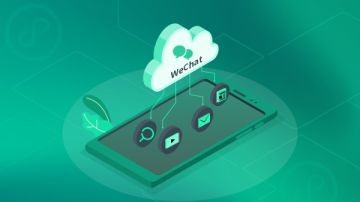

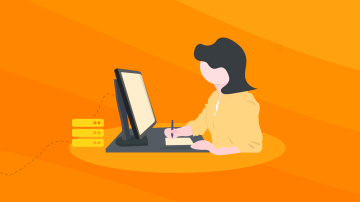
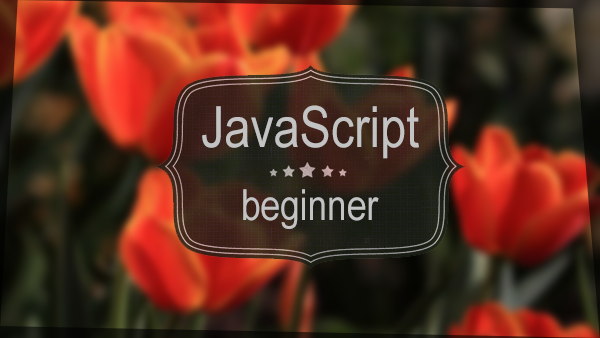
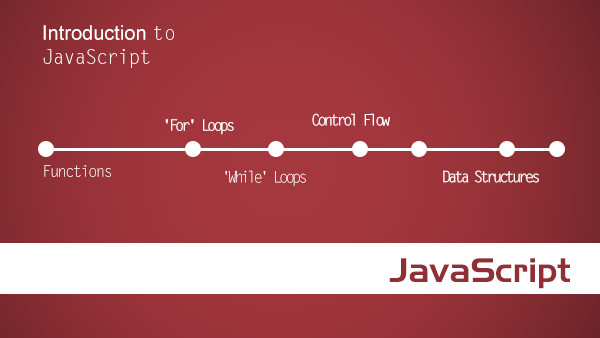
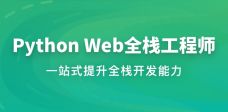
热门评论
-

只是为了好玩2022-08-13 0
查看全部评论加油!